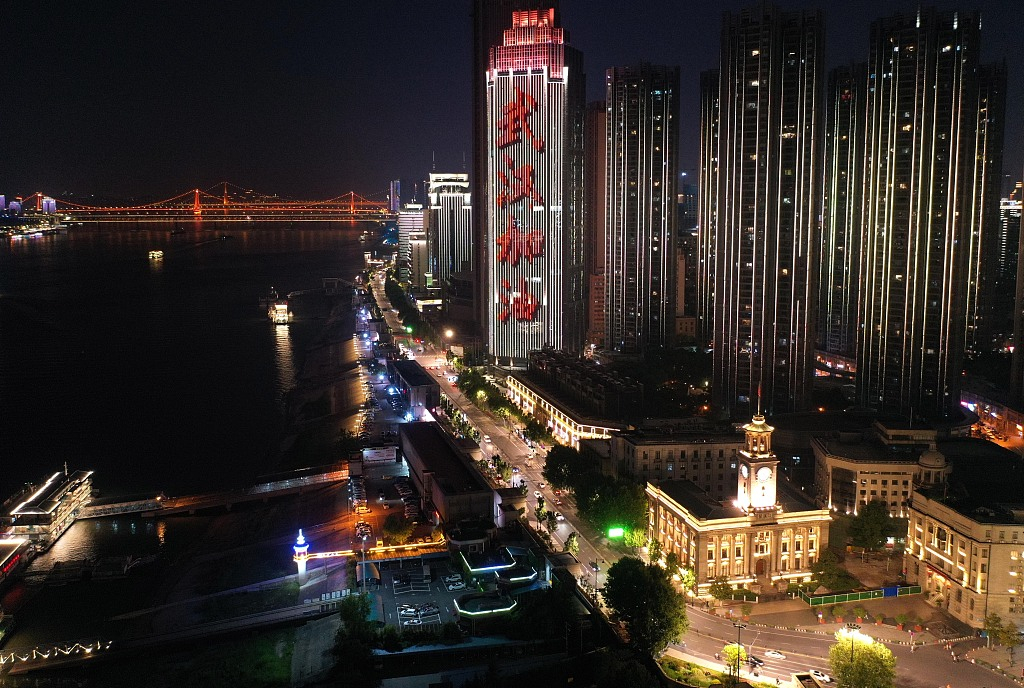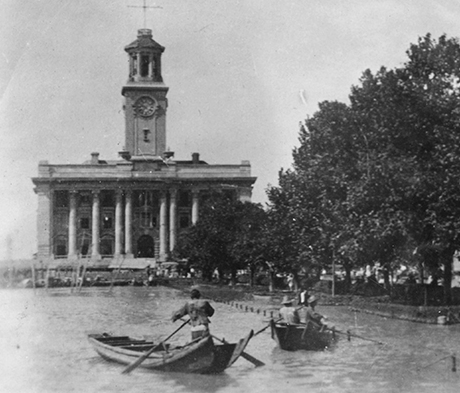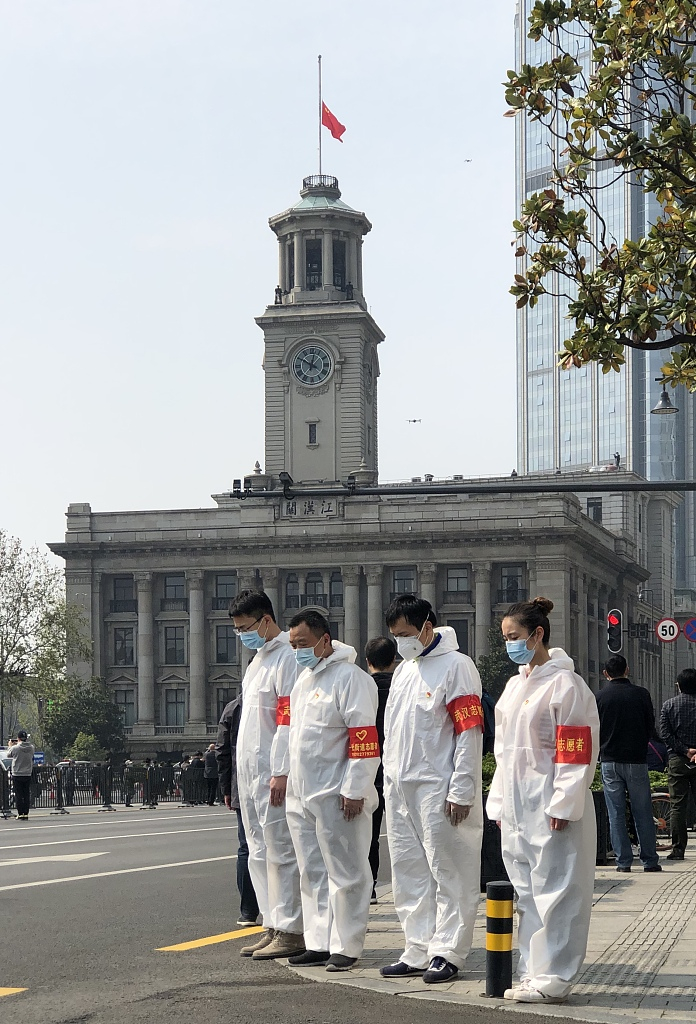For those who haven't heard of Wuhan before, the coronavirus pandemic has definitely placed this central Chinese city in the spotlight. After an unprecedented 76-day lockdown, the city of 11 million people is now open to the outside world as the virus has been brought under control.
Aside from its tenacious fight against the new coronavirus, there are a few things that make the city special and appealing. We've so far covered some of its most symbolic sites that characterize the city – the Yellow Crane Tower, Wuhan Yangtze River Bridge and the East Lake.
This episode introduces a European-style building that can be easily found on one of the city postcards – Hankow Customs House.

Night view of the Hankow Customs House, located at the junction of Jianghan Road and Yanjiang Avenue in Wuhan, central China's Hubei Province, May 2, 2020. /VCG
Night view of the Hankow Customs House, located at the junction of Jianghan Road and Yanjiang Avenue in Wuhan, central China's Hubei Province, May 2, 2020. /VCG
Getting through hard times together
Erected in the year 1924, it once served as the office of the customs department in Hankou, responsible for examining and taxing imports and exports, port administration and other businesses.
The symmetrical structure consists of the main building with the bell tower on top, standing at a height of over 45 meters – the highest building in the city at that time.
Wuhan is a city that is inextricably linked with frequent floods. Over the past decades, the Hankow Customs House has stood by the city through thick and thin.

The Hankow Customs House during the flood in 1931. /Hankow Customs House Museum's official website
The Hankow Customs House during the flood in 1931. /Hankow Customs House Museum's official website
The building witnessed two major catastrophic floods in the 1930s and 1950s. In 1931, the high-water mark hit a record high – 63.65 feet (around 16 meters), nearly drowning the whole city and affecting over 600,000 of its people.
Then in 1954, an extraordinarily long rainy season brought another disastrous deluge with the flood level recording another historic high of 29.73 meters.
Yet, at each time of crisis, the city showed unity and resilience. More than 290,000 people joined the over 100-day battle against the floods in 1954, building a total of 37-kilometer-long embankments and eventually bringing the water level down.

People mourn those who have died from the novel coronavirus near the Hankow Customs House in Wuhan, April 4, 2020. /VCG
People mourn those who have died from the novel coronavirus near the Hankow Customs House in Wuhan, April 4, 2020. /VCG
Transformation: A museum that tells Wuhan's story
As the city develops, it was then transformed from an office to a brand-new museum that opened to public for free from 2015, displaying Wuhan's development from its historical perspective.
The three-story museum houses nearly 10,000 pieces of various collections and documents and 500 historical artifacts.

The official website of Hankow Customs House Museum offers virtual tours.
The official website of Hankow Customs House Museum offers virtual tours.
(Cover image designed by Qu Bo)